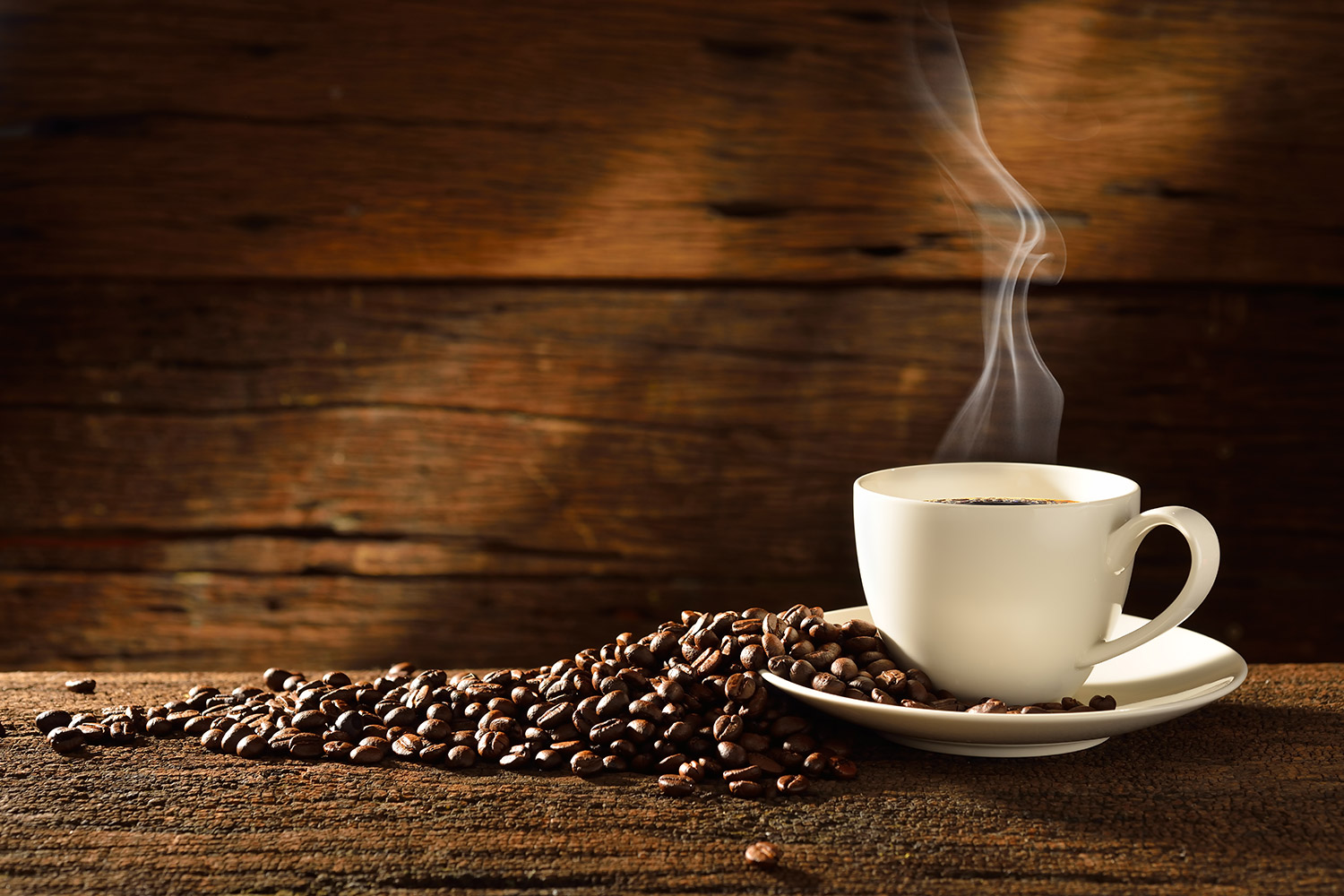How much Caffeine is in a Coffee Bean
Morning coffee has firmly entrenched itself as an indispensable and cherished ritual in American households. Ah, the delightful aroma of a freshly brewed cup of coffee in the morning—there’s truly nothing quite like it.
For many of us, that rich, robust flavor is what jumpstarts our day and prepares us to take on the world. But have you ever wondered about the secret ingredient that gives coffee its energizing kick? Well, we have the answers here in this blog.
Quickly, let me take you through the fascinating world of Caffeine and its connection to the coffee bean.
Caffeine, one of the most prominent stimulants, is the driving force behind that invigorating jolt you feel after sipping your coffee brew. Found in various plants, caffeine is most prominently associated with coffee, and for a good reason!
Why is the Coffee Bean Important?
The coffee bean is the primary source of Caffeine and is the powerhouse of flavor. Hence, comprehending the caffeine content in diverse coffee bean varieties holds the key to unraveling the intricacies underlying our beloved beverage’s allure.
Now, let’s look at the coffee bean itself- and how much Caffeine it offers. 
Firstly, it is essential to know that the amount of Caffeine in a coffee bean can vary, depending on factors like the variety of coffee plant, the bean’s size, and the roasting process.
While over 100 coffee species exist, only two varieties contribute to coffee harvested worldwide- Coffee Arabica and Robusta.
Generally, Robusta coffee contains high Caffeine (2.9 mg) per bean than its counterpart, Arabica (1.9 mg). As a result, Robusta beans tend to have a bolder, more bitter flavor profile, and they are often used in espresso blends to add that extra kick. On the other hand, Arabica beans offer a smoother, more nuanced taste with slightly less Caffeine.
The specific amount of Caffeine per Coffee bean in each of these varieties is shown in the table below:
Amount of Caffeine Per Coffee Bean
| Caffeine per bean | Caffeine per 10g | Caffeine per 100g | Caffeine per ounce | |
| Robusta | 2.9 mg | 220mg | 2200mg | 340-430mg |
| Arabica | 1.9mg | 120mg | 1200mg | 630-770mg |
Now that we have understood the amount of Caffeine in coffee beans, it is also important to understand how preparation affects the flavor and content.
Does a Darker Roast have more Caffeine?
Believe it or not, roasting also plays a role in caffeine content.
While roasting coffee, the beans undergo various chemical reactions affecting flavor and aroma. Consequently, roasting time plays one of the biggest role in affecting the caffeine content.
Particularly, as you roast your beans for longer, more content evaporates from the beans, leaving them with less Caffeine. However, a shorter roasting time means that beans maintain a greater percentage of their mass and, thus, retain Caffeine more.
Therefore, Contrary to popular belief, darker roasts, like French or Italian roasts, do not actually contain more Caffeine. Roasting for longer tends to break down some of the Caffeine. In this regard, lighter roasts do, in fact, contain more Caffeine in the coffee beans- now you know!
However, the roast size type should not be confused with the grind size. Notably, a finer and smaller grind size contains more Caffeine since it has a larger surface area-to-volume ratio.
If you are looking to enjoy coffee but with less Caffeine, then you should go for a larger grind size.
Conclusion
As you enjoy that warm cup of coffee, think about the Caffeine—the special ingredient—hanging out inside those coffee beans.
These little beans have the power to wake you up, make you more alert, and help you tackle your day.
Whether you like Robusta’s strong flavor or Arabica’s fancy taste, knowing how much Caffeine is in different types of coffee helps you pick the perfect one for your daily boost.
So, the next time you sip your favorite coffee, remember that you’re not just drinking a beverage; you’re indulging in a centuries-old tradition that blends science, culture, and the simple joy of a great cup of coffee.


